A lush, healthy lawn doesn’t happen by accident — and timing plays a big role in getting it right. One of the best things you can do for your lawn is aeration, but when and how you do it matters.
Aeration helps relieve compacted soil and allows water, air and nutrients to flow more freely to the roots. Done at the right time, it gives your grass the boost it needs to grow strong and resilient. In this blog, we’ll walk through the ideal timing for aeration based on your grass type, so you can help your lawn thrive all season long.
Why Aeration Is Essential for a Healthy Lawn
Aeration is a simple but powerful process that involves creating small holes in the soil to allow air, water and nutrients to reach the grass roots more effectively. By relieving soil compaction, aeration makes it easier for grass roots to access what they need to grow strong and deep. This helps prevent issues like thinning patches, dry spots and poor overall turf health.
Lawns are living ecosystems and just like any organism, they need proper care to thrive. Regular lawn care practices such as mowing, watering and fertilizing help, but aeration is often necessary to address underlying soil issues. If your lawn isn’t flourishing despite your efforts, it may be time to consider aeration.
Aeration also plays an important role in reducing thatch, a layer of dead grass stems and roots that can build up on the soil surface. When thatch becomes too thick, it can prevent moisture from reaching the soil, causing the grass to suffer. By removing some of this thatch, aeration helps improve lawn health and creates a better environment for your grass to grow.


 Branch Finder
Branch Finder





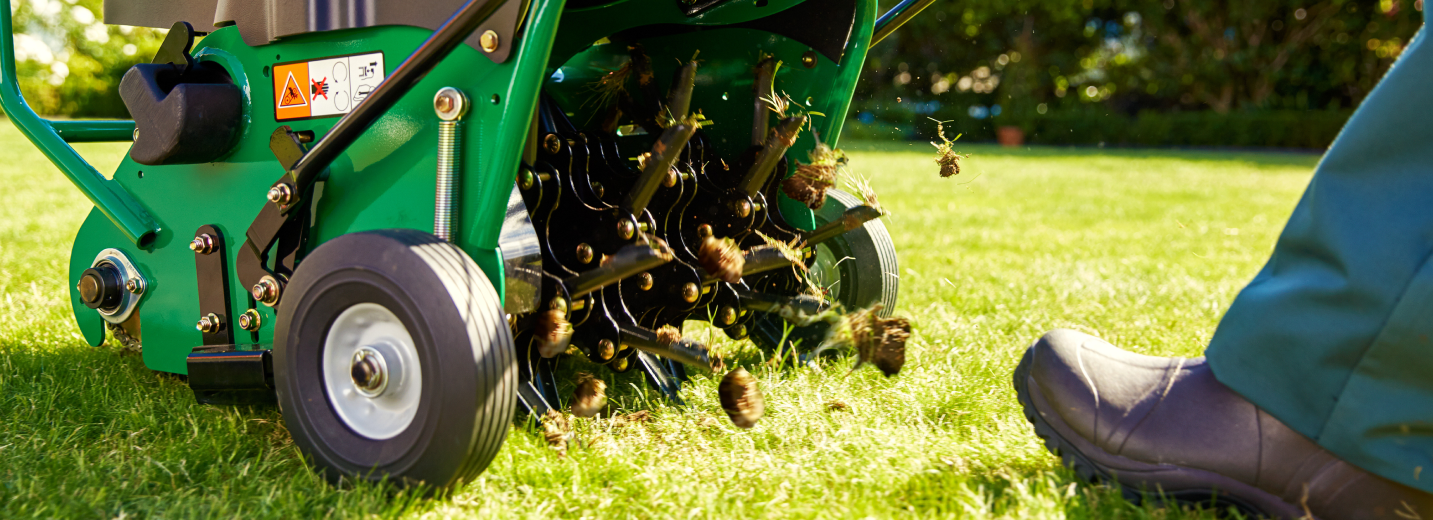




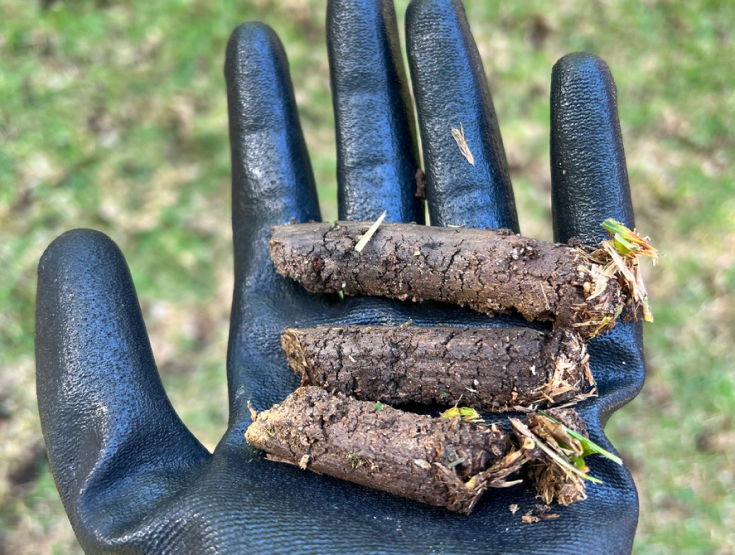

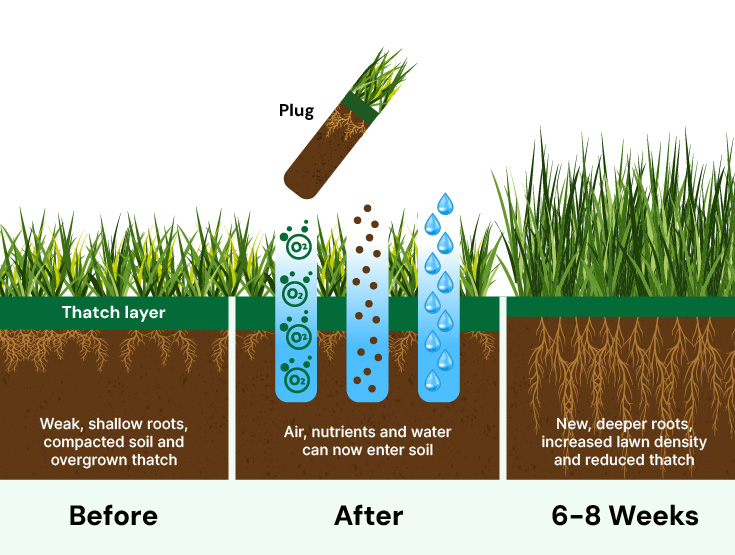
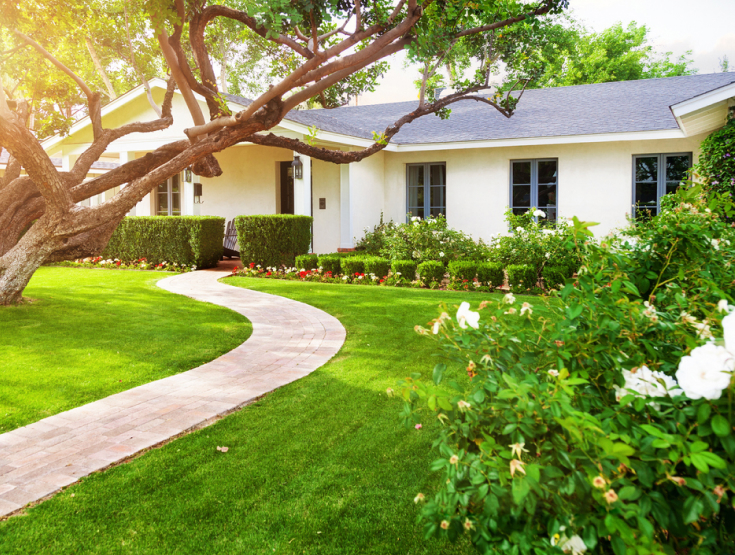
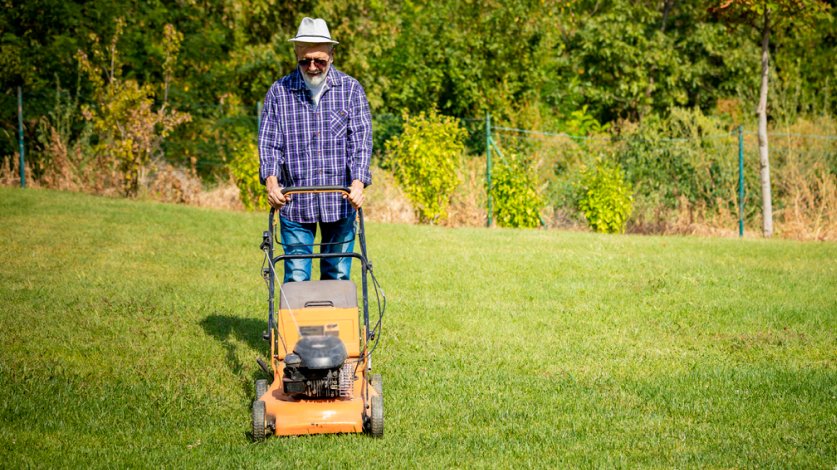


 Back to all blogs
Back to all blogs

Facebook
X
Youtube
Copy Link
Email